Pablo Picasso – Analytical CubismThe term Analytical Cubism describes the early period of Cubism running from 1907 – 1012. It was invented by Pablo Picasso and Georges Braque at a time when Impressionism had transformed from the once avant-garde status into mainstream and Fauvism was ruling the Salons in Paris. Analytical Cubism was the result of an approach, in which artists focused heavily on More: Today, Picasso is seen as one of the most versatile artists in history. He passed through different stages of producing artwork with clearly discernible approaches in paintingPainting is a fundamental form of visual art that has been practiced for thousands of years. It involves applying pigment to a surface such as canvas, paper, or a wall. Painting can be explored through various styles, techniques, and mediums, each offering unique possibilities for expression and creativity. Historical Background • Ancient Beginnings: The history of painting dates back to More. Throughout the years, people have been both scandalized and intrigued by his work, even more so since he challenged and dismantled the rules of art multiple times, transcending existing conventions and paving the way to modernismThe term Modernism refers to a global movement in society and culture which sought the departure from traditional forms of thinking in favour of the creation of new forms of art, philosophy, and social organisation. Reflecting the transformations in western society during the late 19th and early 20th centuries and the newly emerging industrial world provided the impetus to depart More. While Impressionists had challenged the narrative approach to paintingPainting is a fundamental form of visual art that has been practiced for thousands of years. It involves applying pigment to a surface such as canvas, paper, or a wall. Painting can be explored through various styles, techniques, and mediums, each offering unique possibilities for expression and creativity. Historical Background • Ancient Beginnings: The history of painting dates back to More focusing on the moment of perception, Picasso marked another historical process: Where once message and image, content and form had to harmonize, Picasso saw form as solitary content existent on its own and as such further moving towards abstraction. The picture “Still LifeStill Life refers to a genre of art that focuses on depicting inanimate objects. These objects are typically commonplace items, arranged in a composition to highlight their shapes, colors, textures, and forms. The genre is known for its attention to detail and the meticulous arrangement of elements, creating a sense of balance and harmony. Historical Background Still life painting has More with Aniseed Brandy Bottle” (also called “Still LifeStill Life refers to a genre of art that focuses on depicting inanimate objects. These objects are typically commonplace items, arranged in a composition to highlight their shapes, colors, textures, and forms. The genre is known for its attention to detail and the meticulous arrangement of elements, creating a sense of balance and harmony. Historical Background Still life painting has More with Liqueur Bottle” and “Still LifeStill Life refers to a genre of art that focuses on depicting inanimate objects. These objects are typically commonplace items, arranged in a composition to highlight their shapes, colors, textures, and forms. The genre is known for its attention to detail and the meticulous arrangement of elements, creating a sense of balance and harmony. Historical Background Still life painting has More with a Bottle of Rum”) exemplifies the progression.
Where is the picture “Still LifeStill Life refers to a genre of art that focuses on depicting inanimate objects. These objects are typically commonplace items, arranged in a composition to highlight their shapes, colors, textures, and forms. The genre is known for its attention to detail and the meticulous arrangement of elements, creating a sense of balance and harmony. Historical Background Still life painting has More with Aniseed Brandy Bottle“ today?
The original picture of “Still LifeStill Life refers to a genre of art that focuses on depicting inanimate objects. These objects are typically commonplace items, arranged in a composition to highlight their shapes, colors, textures, and forms. The genre is known for its attention to detail and the meticulous arrangement of elements, creating a sense of balance and harmony. Historical Background Still life painting has More with Aniseed Brandy Bottle” is part of the permanent collection at the Museum of Modern Art, New York City.
What’s in it?
A criss-cross of lines and overlapping colour zones in shadesIn color theory, a shade is a darker version of a color, created by adding black to the original hue. This concept is essential for artists and designers, as it allows for a range of deeper, more intense tones that can add depth and drama to a composition. Defining Shade A shade results from mixing a pure hue with black. More of blue-green and orange-yellow is the first impression when looking at “Still LifeStill Life refers to a genre of art that focuses on depicting inanimate objects. These objects are typically commonplace items, arranged in a composition to highlight their shapes, colors, textures, and forms. The genre is known for its attention to detail and the meticulous arrangement of elements, creating a sense of balance and harmony. Historical Background Still life painting has More with Aniseed Brandy Bottle”. Only at second glance, the central subject of this still lifeStill Life refers to a genre of art that focuses on depicting inanimate objects. These objects are typically commonplace items, arranged in a composition to highlight their shapes, colors, textures, and forms. The genre is known for its attention to detail and the meticulous arrangement of elements, creating a sense of balance and harmony. Historical Background Still life painting has More emerges towards the viewer: a bottle of aniseed brandy, placed in the middle of the picture. Apparently, the paintingPainting is a fundamental form of visual art that has been practiced for thousands of years. It involves applying pigment to a surface such as canvas, paper, or a wall. Painting can be explored through various styles, techniques, and mediums, each offering unique possibilities for expression and creativity. Historical Background • Ancient Beginnings: The history of painting dates back to More fulfils the main requirements of a still lifeStill Life refers to a genre of art that focuses on depicting inanimate objects. These objects are typically commonplace items, arranged in a composition to highlight their shapes, colors, textures, and forms. The genre is known for its attention to detail and the meticulous arrangement of elements, creating a sense of balance and harmony. Historical Background Still life painting has More: It depicts the outer appearance of inanimate subject matter, here with the commonplace man-made object of a glass bottle. Yet the artist is displaying the skill of playing with the natural image. Lines are no longer restricted to defining the available form and are even continued at random. So do the colours in this cubist still lifeStill Life refers to a genre of art that focuses on depicting inanimate objects. These objects are typically commonplace items, arranged in a composition to highlight their shapes, colors, textures, and forms. The genre is known for its attention to detail and the meticulous arrangement of elements, creating a sense of balance and harmony. Historical Background Still life painting has More: Lighter and darker shadesIn color theory, a shade is a darker version of a color, created by adding black to the original hue. This concept is essential for artists and designers, as it allows for a range of deeper, more intense tones that can add depth and drama to a composition. Defining Shade A shade results from mixing a pure hue with black. More seem to partially disregard the shape of the bottle, and instead are obeying the rules of the overall composition. The object is dissected or “analysed”. The translucent, multifaceted cut-glass surface offered Picasso a starting point for deconstruction, the bottle itself however loses its mimetic character and can be seen detached from what is claims to represent.
What’s the context?
Pablo PicassoPablo Picasso (1881–1973), was a Spanish painter, sculptor, graphic artist, and resident in France from 1904. He was a dominant figure in avant-garde movements in the first half of the 20th century due to his technical versatility and prolific inventiveness. picasso-self-portrait Picasso’s progression in his early work is largely categorized by predominant colour schemes: His Blue Period (1901-1904) features motifs More – periods: In the early 20th century, Picasso centred his artistic experiments on the genre of still lifeStill Life refers to a genre of art that focuses on depicting inanimate objects. These objects are typically commonplace items, arranged in a composition to highlight their shapes, colors, textures, and forms. The genre is known for its attention to detail and the meticulous arrangement of elements, creating a sense of balance and harmony. Historical Background Still life painting has More, exploring the processes of perception and their relationship to the mechanics of representation. The artist drew and painted myriad arrangements of objects including glasses, bottles, guitars, and fruit.
In preceding art periods, namely Picasso’s Blue Period (1901–1904), the Rose Period (1904–1906), and the African-influenced Period (1907–1909), the represented objects still played a major role in the respective compositions. The transition to Analytical CubismThe term Analytical Cubism describes the early period of Cubism running from 1907 – 1012. It was invented by Pablo Picasso and Georges Braque at a time when Impressionism had transformed from the once avant-garde status into mainstream and Fauvism was ruling the Salons in Paris. Analytical Cubism was the result of an approach, in which artists focused heavily on More was created by his paintingPainting is a fundamental form of visual art that has been practiced for thousands of years. It involves applying pigment to a surface such as canvas, paper, or a wall. Painting can be explored through various styles, techniques, and mediums, each offering unique possibilities for expression and creativity. Historical Background • Ancient Beginnings: The history of painting dates back to More Les Demoiselles d’Avignon (1907), in which he abandoned all known form and representation of traditional art, using distortion and simplifying the female body to geometric forms. In his cubist still lives Picasso rendered with an artistic language of fragmented, flattened planes portrayed from multiple viewpoints.
Chatter and Prattle
Pablo PicassoPablo Picasso (1881–1973), was a Spanish painter, sculptor, graphic artist, and resident in France from 1904. He was a dominant figure in avant-garde movements in the first half of the 20th century due to his technical versatility and prolific inventiveness. picasso-self-portrait Picasso’s progression in his early work is largely categorized by predominant colour schemes: His Blue Period (1901-1904) features motifs More – Facts:
- The reference object of the picture, a glass bottle of alcohol, appears in many of Picasso’s still lives and portraits such as “The Absinthe Drinker” (sold 2010 for 51,2 million USD!).
- Picasso’s affinity for paintingPainting is a fundamental form of visual art that has been practiced for thousands of years. It involves applying pigment to a surface such as canvas, paper, or a wall. Painting can be explored through various styles, techniques, and mediums, each offering unique possibilities for expression and creativity. Historical Background • Ancient Beginnings: The history of painting dates back to More scenes with alcohol and its containers is not coincidental. Many art historians have labelled him as an alcoholic. However, alcohol would never stop him from performing as an outstanding artist.
- The artist’s final words have been recorded to be “Drink to me, drink to my health. You know I can’t drink anymore.” These words soon became legendary: In 1973, the year of his death, Paul McCartney used them in a song.
Recommended Readings:
This article may contain compensated links. Please read Disclaimer for more info. As an Amazon Associate, I earn from qualifying purchases.
Marilyn McCully et al. (2019): Picasso: Blue and Rose Periods
Victoria Charles (2019): Pablo Picasso Masterwoks
Roland Doschka et al. (2000): Pablo Picasso: Metamorphoses of the Human Form : Graphic Works, 1895-1972
Francoise Gilot et al. (2020): Life with Picasso
Christopher Lloyd (2018): Picasso and the Art of Drawing


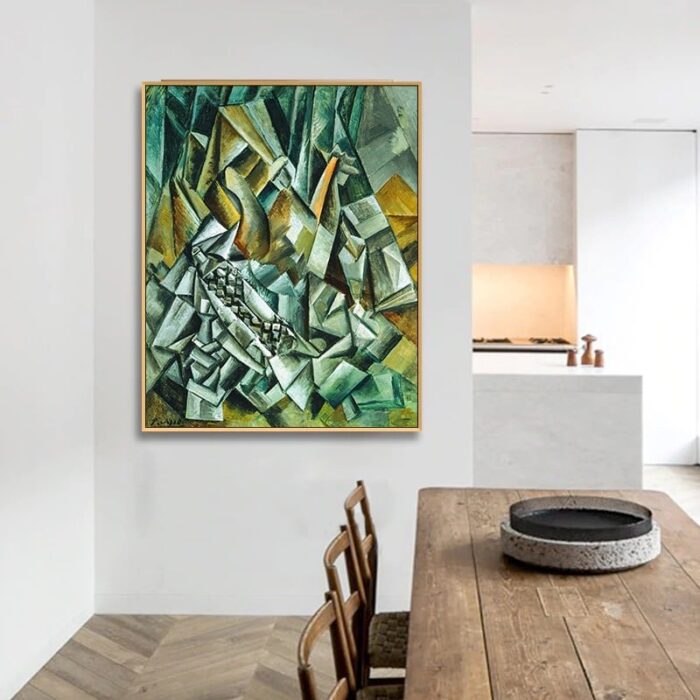
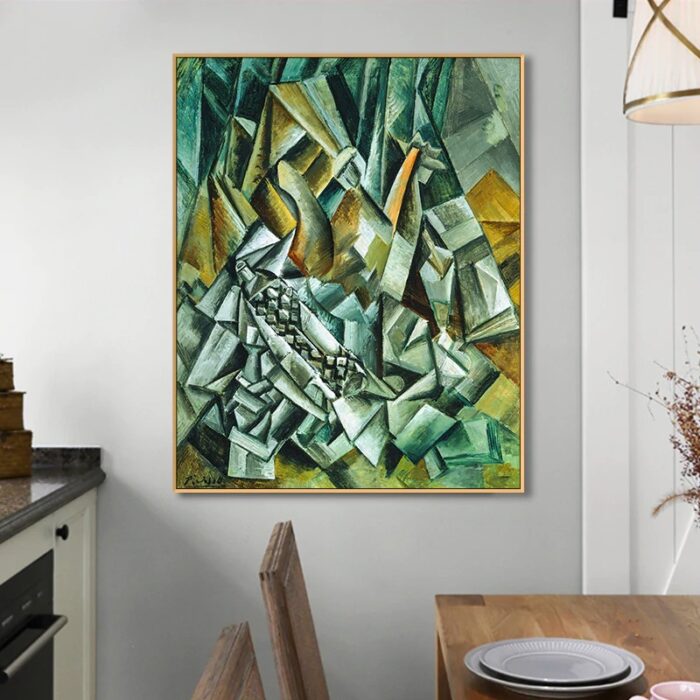
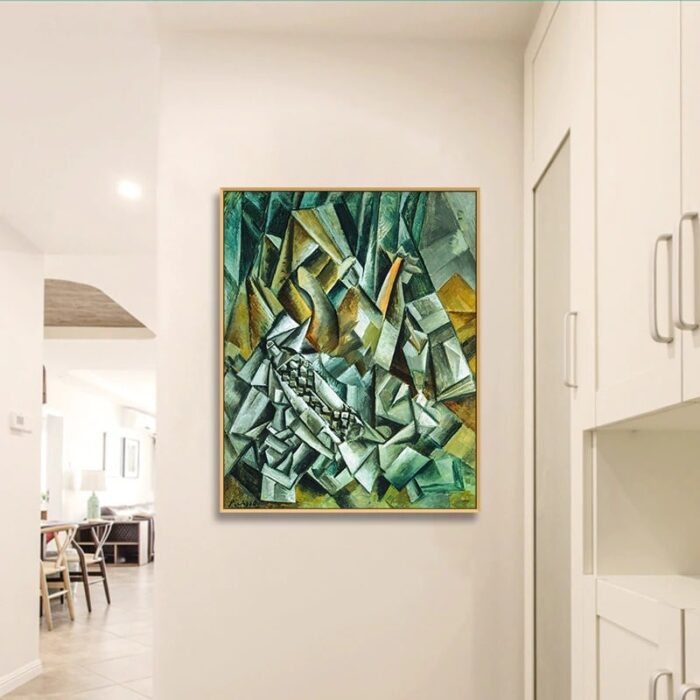

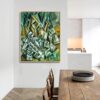
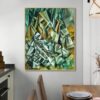

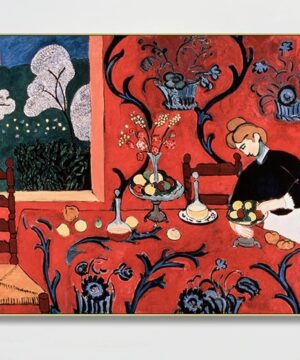
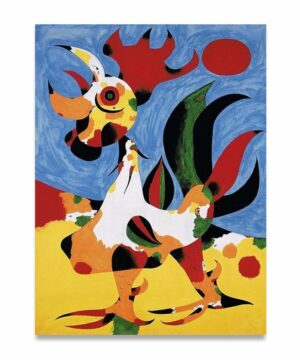
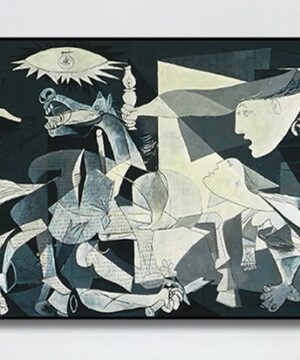
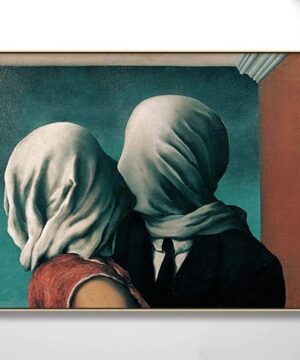
Reviews
There are no reviews yet.